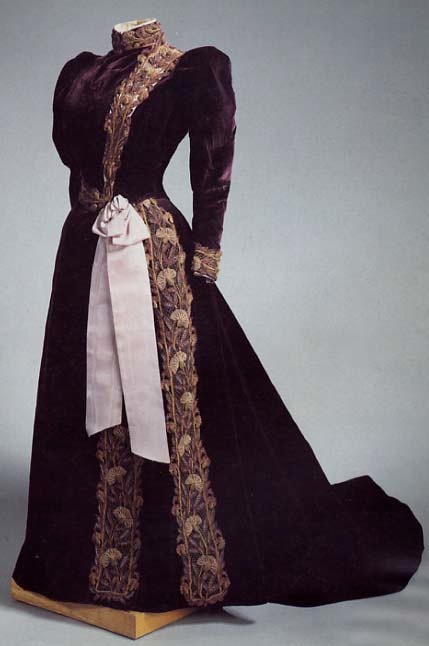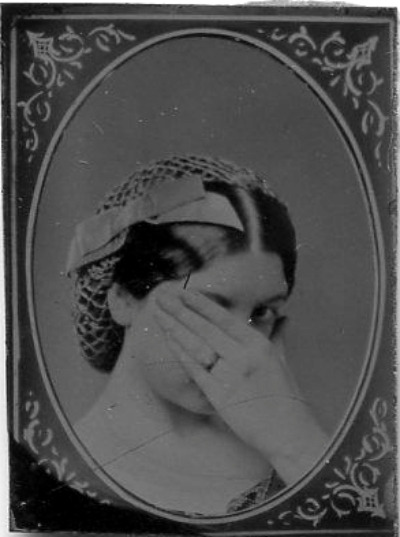In an effort to share the research I did in 2013-2014 and never posted about, some of the posts in the next couple of months will be a little out of order. I hope you enjoy them anyways!
At the America's Hometown Thanksgiving event, we keep warm and engaged by singing suffrage songs. These gave us a great way to engage visitors, share some of the messages from the American women's suffrage movement, and give our rally some spirit. Here's a short video of us singing from the event this year, courtesy of my awesome friend (and fellow suffragist):
Music is often a popular way to disseminate a group's message, so it's no surprise that there were many, many songs written for the suffrage movement (there were also many, many "anti" song written). In fact, the American women's suffrage movement has roots in several other reform movements from the 19th century--the most famous being abolition--which was also known for its music related to the cause. The songs we sang were all to traditional tunes, many of them written during the mid-19th century and related to the civil war.
Music was an integral part of suffrage rallies, marches, and gatherings. It was common for events that required a crowd (like speeches) to start with a song; the music would gather the crowd, share the suffrage message, and get listeners warmed up for the following oratory. The publication of music also provided a print avenue to share suffrage ideas with the masses--people who would never read a
suffragist publication (like
The Suffragist, 1913-1920) might see, or even browse, a suffrage song. The cover illustrations, which often featured the "new woman" as an empowered, wise figure with calls to goddesses in mythology, or holding babies and doing household tasks as their normal lives continued, offered a chance to demonstrate a future with enfranchised women: strong, contributing members of society who were still wives and mothers (not a threat to the very fabric of society, as anti-suffragists argued). Inside, the lyrics provided reasons for women's suffrage, aimed at both women and men--some songs focused on why women should want and have the vote, while others called men to pass suffrage bills (because women, of course, could not vote to do so!).
 |
| Sheet music cover from 1920, the year women were finally given the vote |
For example, "Marching Together"* is sung from the man's perspective, and entreats:
And let us help her win the fight
She may not win alone
While we go marching together
While a verse in "Song for Equal Suffrage,"** sung from the woman's perspective, explains:
Not for self but larger service has our cry for freedom grown,
There is crime, disease and warfare in a world of men alone,
In the name of love we're rising now to serve and save our own,
As Peace comes marching on!
and the chorus of "Another Star,"** which is more of a gender-neutral campaign song:
A ballot for the Lady!
For the Home and for the Baby!
Come, vote ye for the Lady,
The Baby, the Home!
There are some pretty straightforward themes that begin to emerge in these lyrics. Songs from the man's perspective often boil down to "do the right thing," but also point out that denying women the right to vote is denying a basic human right to women in their families (their sisters, mothers, and daughters). Alternatively, many of the songs from the women's perspective focus on the importance of women as moral centers (an argument used during the abolition movement as well), as caretakers, and as equal partners in the home. These lyrics leverage traditional views of women as the "gentler sex" to say that the country needs women's votes to keep peace and improve conditions. They also draw attention to the expectation for women to run the home--if women can handle the complicated socio-economic considerations for managing a household, why aren't they equally enfranchised?
One of my favorite songs that addresses the equal partnership argument is "The New Way"*:
Now the girls, in crimps and curls,
Take up the cue she gave,
And tell their lovers, one and all,
They will not play the slave
To any man whose selfish plan
Makes them but satellites,
For no such things as wedding-rings
Shall rob them of their rights.
Something to note about all of these arguments is that not a single one is pushing to really change the status quo: they aren't arguing women should give up motherhood, or abandon marriage, or join the workforce en mass. They're simply asking to be recognized for the work they are already doing (both in and out of the domestic sphere) and given the right to vote.
 |
| suffrage button, 1918 |
Of course, there were many many other arguments during the hundred years or so of the women's suffrage movement in America. But in particular, the messages set to music were able to reach people who would otherwise never hear them--men and women who would never attend a rally, read a pamphlet or journal, who might otherwise have missed the voices of suffragists altogether. The power of music for the suffrage movement was that it allowed suffragists to reach these audiences, and ultimately, their efforts succeeded.
 |
| pro-suffrage poster, c.1910s |
The lyrics featured here are from the following collections:
*The Suffrage Song Book,
1909
**Suffrage Songs and Verses,
1911
For more on suffrage music:
"(M)othering: Strategies of Musical Activism in the American Women’s Suffrage Movement, 1900-1920"



.jpg)




























.JPG)





